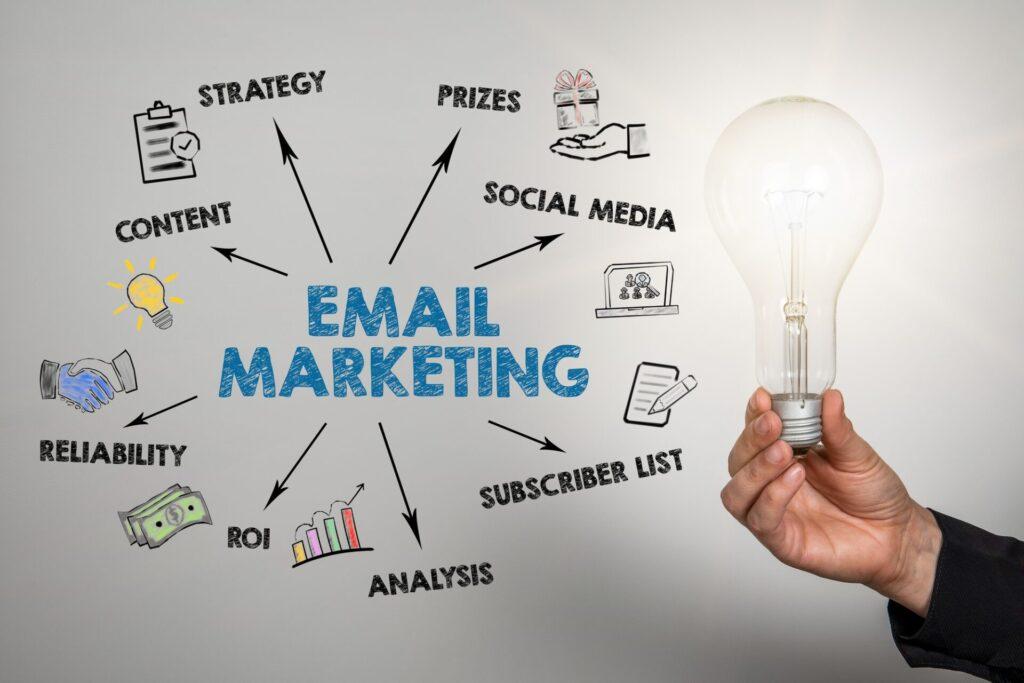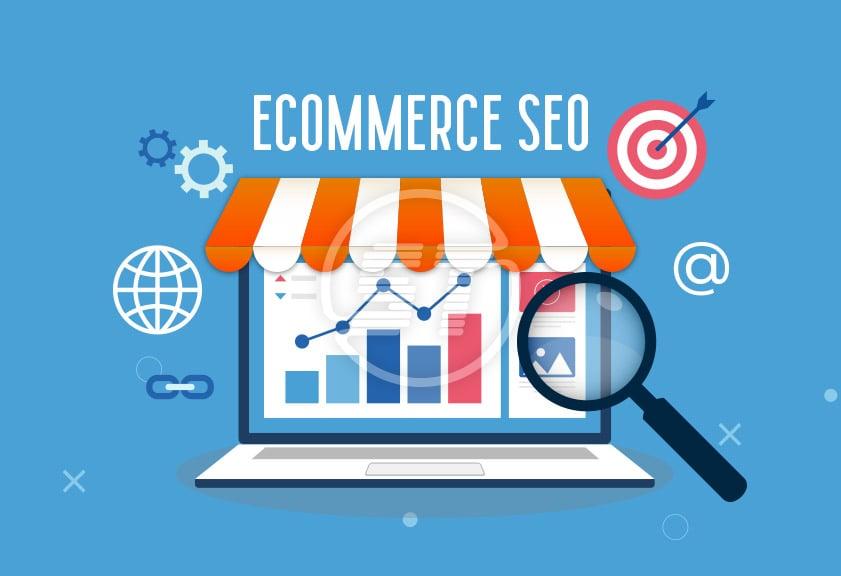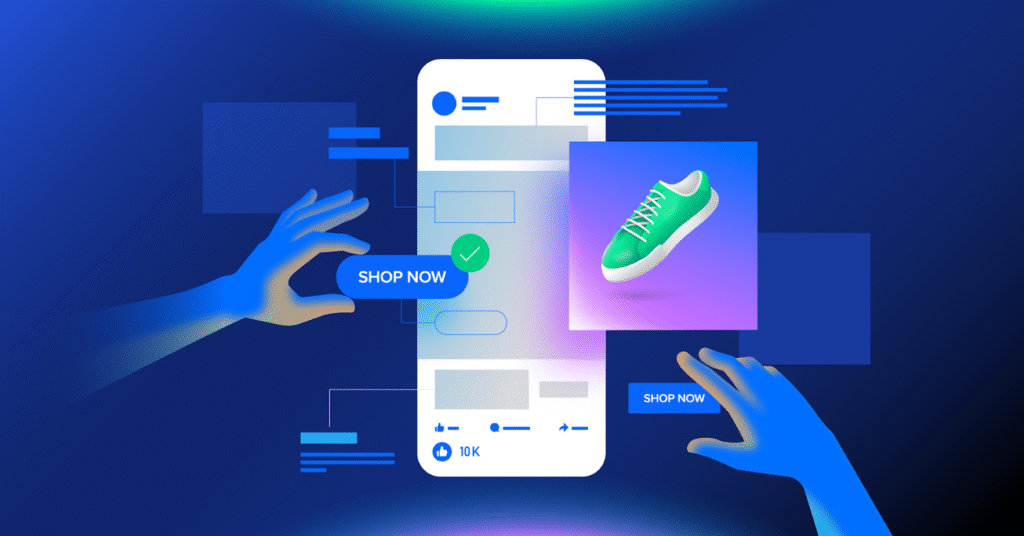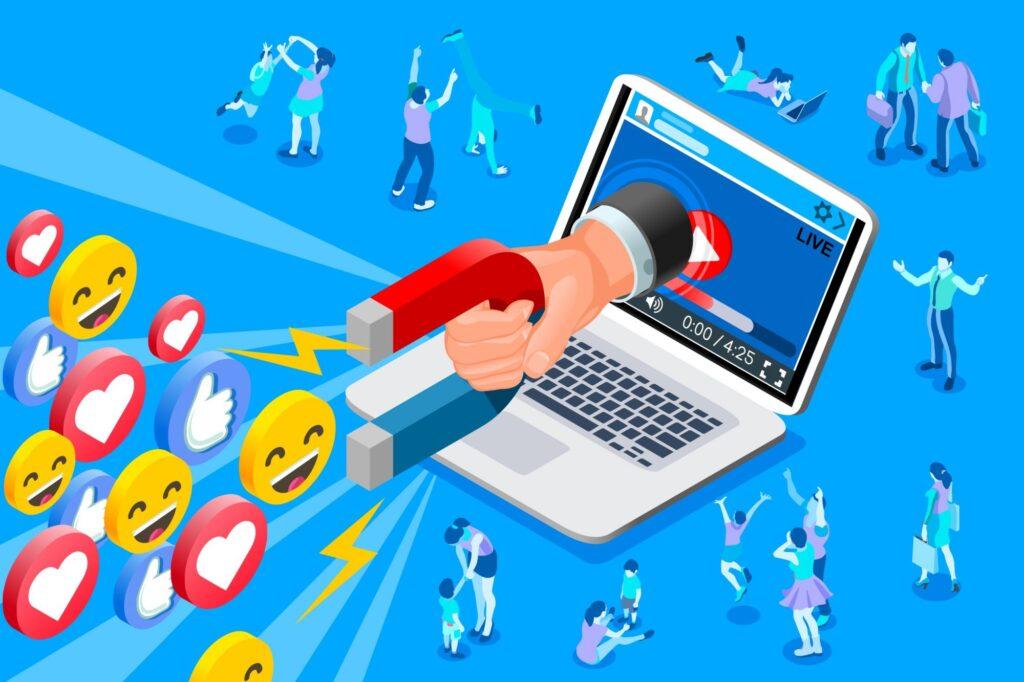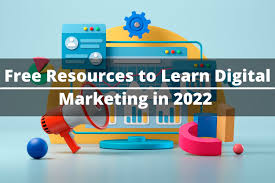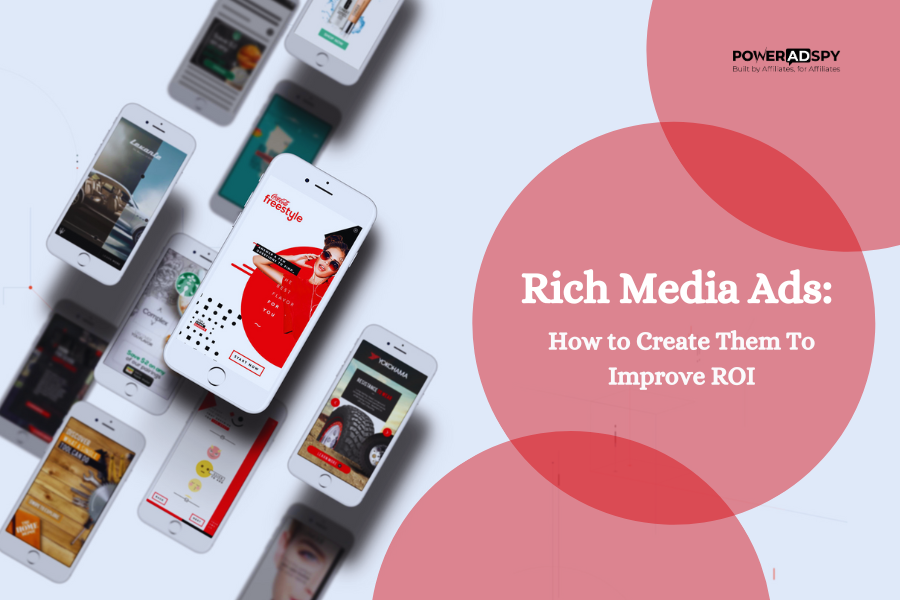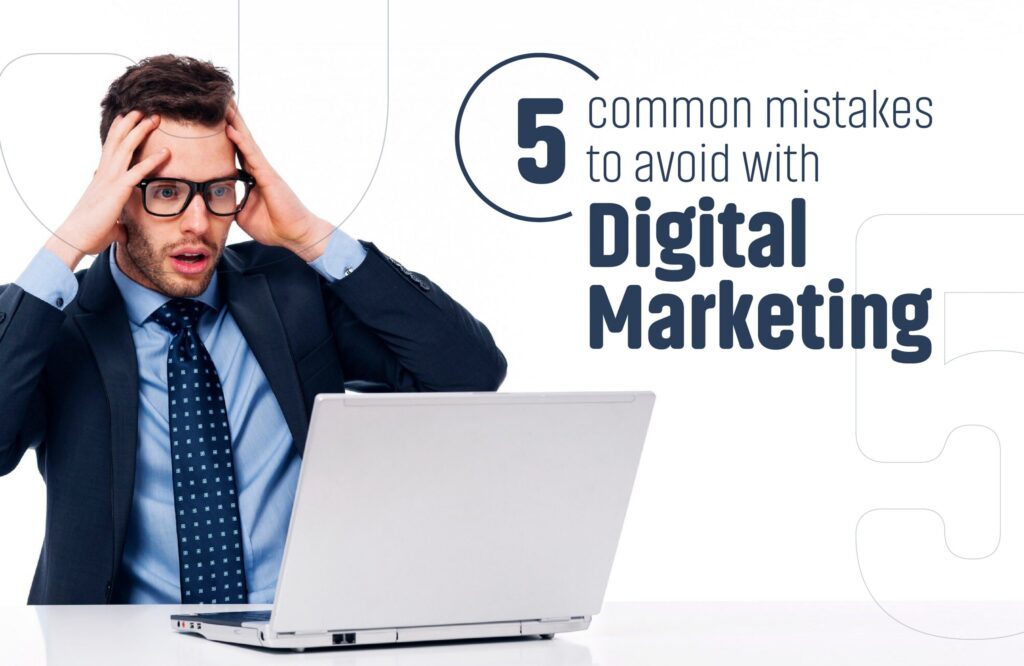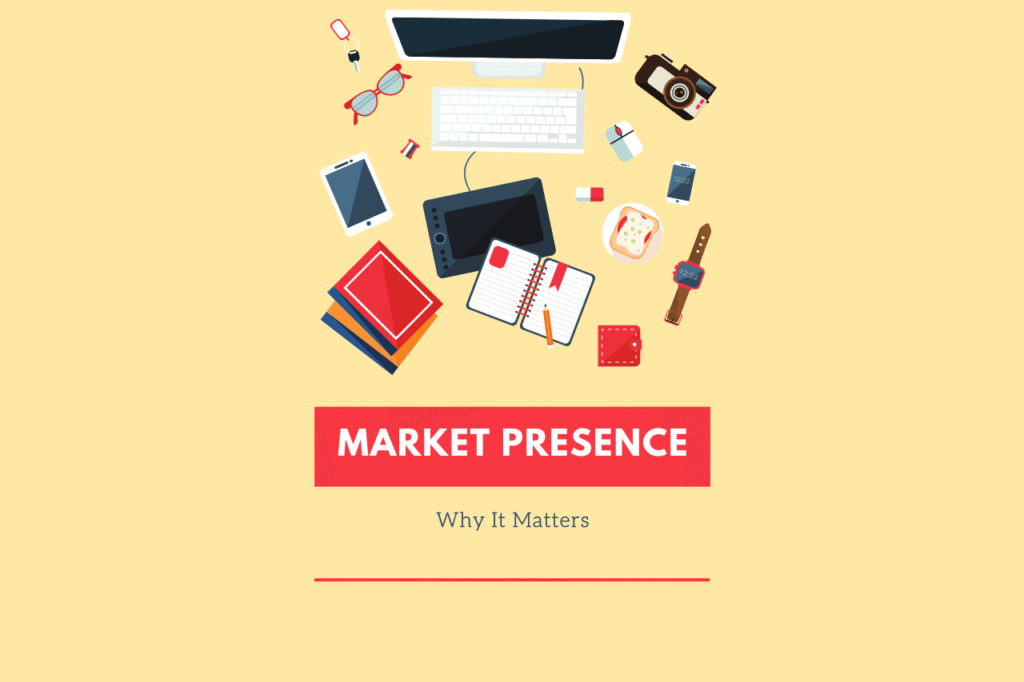Email Marketing Segmentation Techniques to Maximize Conversions and Avoid Mistakes
Effective Email Marketing Segmentation is the key to distinguishing ordinary email campaigns from successful ones. Segmenting your subscriber list in a strategic manner ensures that every message reaches the correct people at the right time. Email Marketing Segmentation not only boosts engagement but also click-through rates, leading to higher sales eventually. In this tutorial, we will share actionable tips on how to segment your email list, acquaint you with tools that make segmentation possible, and review common mistakes to avoid. With tools like Mailchimp, HubSpot, and ActiveCampaign, segmentation can be made simpler and time can be saved by hours. Even beginners who are implementing basic Email Marketing Segmentation processes can achieve measurable improvements in their campaigns. 1.Know Your Audience The first thing in effective Email Marketing Segmentation is knowing your subscribers. Learn about them such as demographics, purchase behavior, and browsing patterns. Tools such as ConvertKit and Mailchimp can track it automatically. Segmentation of your audience on the basis of what they like and do enables you to send very focused messaging, which drives engagement and response rates higher 2.Segment by Purchase History One of the most powerful segmentation methods is segmenting users based on their historical purchases. Users who have bought a product at some time in the past are more likely to respond to similar promotions. You might also target inactive buyers in an alternate segment to reacquire them. This can help dramatically improve conversion rates in your email marketing campaigns. 3.Behavioral Segmentation Behavioral data needs to be considered as well. Look at metrics like email opens, clicks, and website traffic. Subscribers opening your emails on a regular basis may respond favorably to product alerts or special promotions. Inactive users, however, may need a different approach, such as re-engagement campaigns. HubSpot is one of the tools that makes tracking for behavioral segmentation simple. 4.Geographic and Demographic Segmentation Geographic segmentation allows you to send relevant offers and promotions. For example, providing season-related products based on the subscriber’s location can result in increased conversion rates. Demographics like age and gender also play a key role in personalization. Through the combination of these filters, your emails become extremely relevant. 5.Personalization Beyond the Name Segmentation is not just segmenting users; it’s content personalization as well. Emails referencing previous purchases or preferences work much better. Dynamic content injection based on subscriber behavior is catered to by tools like ActiveCampaign, upgrading your campaigns. 6.Frequency and Timing Segmentation based on frequency of subscriber interaction allows you to optimize when to send your emails. Your users may be weekly fans while others are more engaged when receiving monthly newsletters. Tracking engagement patterns ensures that emails are sent when the users are most active. 7.Avoid Over-Segmentation Though segmentation increases relevance, excess segmentation leads to confusion and management issues. Focus on important segments that really have a substantial influence on your campaigns. Use tools like Mailchimp and HubSpot to manage segmentation effectively without clogging your workflow. 8.Add Internal Resources Use copy on your own domain for internal linking. For instance, referring to Marketing Tips, Digital Marketing Course, or your Adzenic Media Blog in newsletters not only offers value but also sends traffic back to your site. This is a smooth user experience for your subscribers and benefits overall growth. 9.Test and Optimize Always A/B test your segmented campaigns. Test subject lines, offers, and content to determine which groups respond most. Watching metrics such as open rates, click-through rates, and conversions will help you fine-tune your segmentation strategy in time. 10.Common Mistakes to Avoid Avoid certain things such as ignoring behavioral data, sending generic email messages to all the subscribers, and not refreshing segments from time to time. Periodic checks make your Email Marketing Segmentation run smoothly and in synchronization with the taste of the subscribers. Conclusion: Email Marketing Segmentation is a formidable antidote to engagement, conversions, and loyalty. Get to know your audience, segment correctly, apply the right software such as Mailchimp, HubSpot, and ActiveCampaign, and combine internal tools such as Marketing Tips and Adzenic Media Blog to create campaigns that scream. Steer clear of traps, keep on testing and optimizing, and see your email campaigns reach greater success levels.

